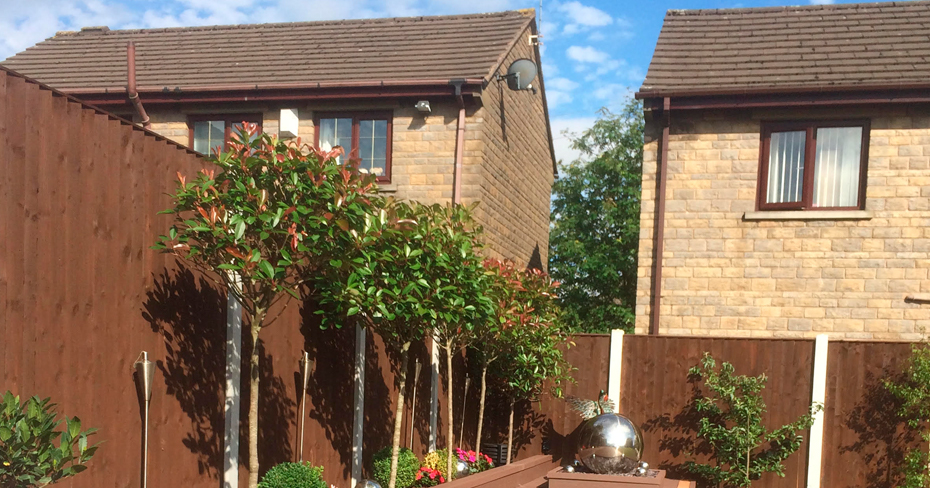Building any deck whether timber, plastic or composite is an investment in your home’s outside space. However, calculating the cost of each option isn’t as simple as just adding up how many boards you need. While timber decking may appear to be a cheaper alternative, hidden costs mean that composite decking offers a better investment over the lifespan of the deck.
Creating a deck is an excellent investment in your property, as it provides a brand new outdoor living area – the perfect place to relax and enjoy your garden. As such, it is important to identify the right decking to suit your budget, considering cost, longevity and value for money.
Materials
When comparing timber and composite decking, the composite materials usually have a higher upfront cost. Composite deck boards have a slightly higher price point, so they may appear more costly in an initial comparison, but that is only one element of any thorough cost analysis.
While timber deck boards are less expensive to purchase, they then requiring sanding, staining and sealing to protect them from the elements. This is not a one-off requirement either – depending on the weather and how exposed the deck is to heat and moisture, this process must be repeated annually, or even twice a year, or the condition of the deck will begin to rapidly deteriorate. This not only makes it a less attractive addition to your garden, but over time rotten deck boards may actually become dangerous.
Composite decks on the other hand require minimal maintenance to retain their good looks and keep them in great condition – just a wash down with dish soap and warm water every spring and autumn.
After a period of a few years, the cost of materials and treatments will work out to be the same, and over the lifespan of the deck the savings add up to make composite decking the more cost effective option.
Labour
Traditional timber decks require a certain level of experience to be completed to a professional finish, and are usually constructed by skilled fitters over a period of days.
While composite decking is installed using the same standard tools, the hidden fastener system acts as spacers, helping to keep the gaps between boards completely uniform. This saves time for professional fitters (and therefore money for you), but also makes the installation straightforward enough for a practical amateur to complete without expert assistance, saving on labour costs altogether.
Maintenance
The annual sanding and painting of timber decks requires expensive materials and significant time, which adds up when you’re paying for it! On top of this, timber decks just don’t last as long as composite decks, and after the first few years replacement boards may be required for any timber that has split, cracked, splintered or rotted. Older timber decks may even need substructure maintenance on top of the regular upkeep bill.
Composite decking won’t deteriorate like timber, which is why it comes supplied with a 10 year warranty. There are no extra repair costs to factor in, and the longer lifespan offers an improved return on investment.
Please see our guide here on composite decking maintenance.
House Prices
Adding a deck to enhance your outside living area is usually an attractive addition in the eyes of a potential house buyer, boosting your home’s saleability. The exception to this is a dilapidated timber deck that has not been properly maintained, which can actually negatively affect a property’s market value. While a timber deck may reach this condition and require complete replacement in as little as 5 years, composite decking stays strong and pristine for decades.
With a longer lifespan and minimal maintenance costs, composite decking is a more cost effective choice than a traditional timber deck. A higher initial cost is more than balanced out by the longevity and ease of maintenance, while a 10 year warranty on composite materials removes the worry of unexpected replacement costs.
